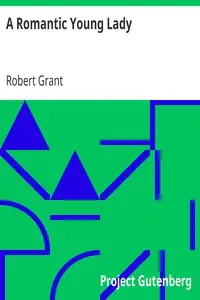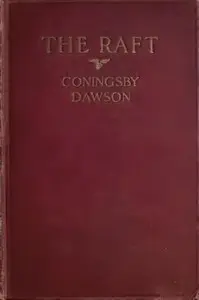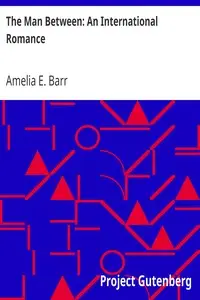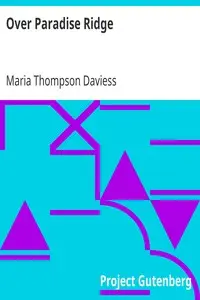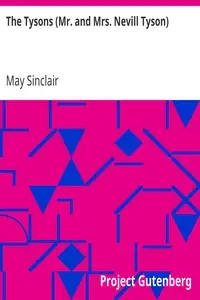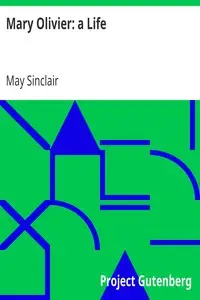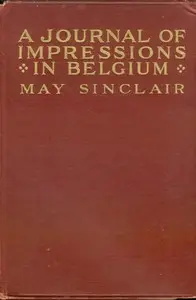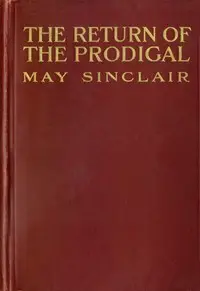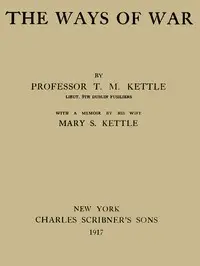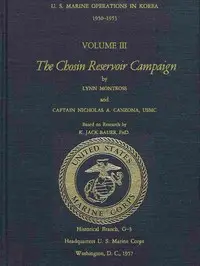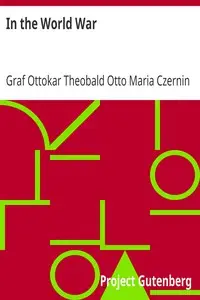"The Romantic" by May Sinclair is a story that follows Charlotte Redhead, a woman navigating love and finding herself in a society filled with rules and expectations. The story looks at Charlotte’s complicated feelings for Gibson Herbert and her developing connection with John Roden Conway, painting a detailed picture of love, identity, and the struggles that come with them. Charlotte thinks about her difficult goodbye with Gibson, feeling conflicted emotions. As she considers her past love and dreams of being her own person, she feels energized by the world around her and her own strong thoughts. Meeting John Conway, who represents adventure and a sense of direction, suggests a hopeful future for Charlotte. Their interactions highlight Charlotte’s wish to escape the emotional limits of her past relationship, motivating her to consider brave decisions and fresh starts in her life.

The Romantic
By May Sinclair
A woman torn between a troubling past love and the promise of a future adventure must choose her path to freedom.
Summary
About the AuthorMay Sinclair was the pseudonym of Mary Amelia St. Clair, a popular British writer who wrote about two dozen novels, short stories and poetry. She was an active suffragist, and member of the Woman Writers' Suffrage League. She once dressed up as a demure, rebel Jane Austen for a suffrage fundraising event. Sinclair was also a significant critic in the area of modernist poetry and prose, and she is attributed with first using the term 'stream of consciousness' in a literary context, when reviewing the first volumes of Dorothy Richardson's novel sequence Pilgrimage (1915–1967), in The Egoist, April 1918.
May Sinclair was the pseudonym of Mary Amelia St. Clair, a popular British writer who wrote about two dozen novels, short stories and poetry. She was an active suffragist, and member of the Woman Writers' Suffrage League. She once dressed up as a demure, rebel Jane Austen for a suffrage fundraising event. Sinclair was also a significant critic in the area of modernist poetry and prose, and she is attributed with first using the term 'stream of consciousness' in a literary context, when reviewing the first volumes of Dorothy Richardson's novel sequence Pilgrimage (1915–1967), in The Egoist, April 1918.

